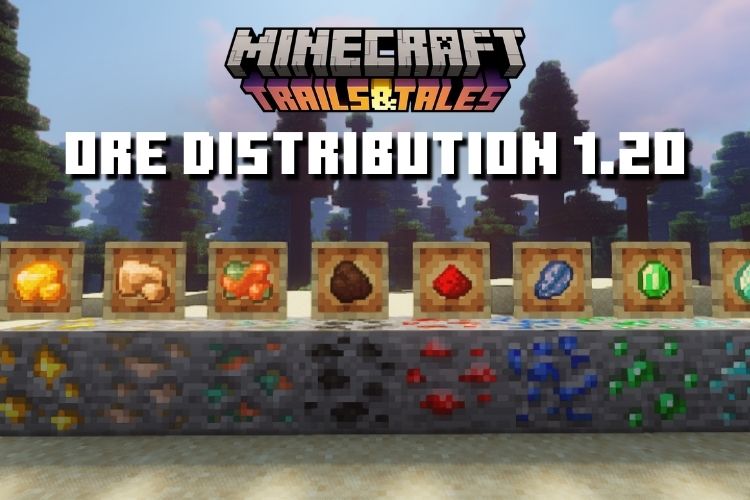Are you trying to dig out all the best ores on the Minecraft prison servers or trying to level up your toolkit? Look no further than this comprehensive guide that delves into Minecraft 1.20 ore distribution. We are diving deep into the caves of Minecraft to help you find every ore in no time. From spawn height to lucrative biomes, we got it all covered. With that, it's time to grab your enchanted pickaxe and get ready to unearth treasure!
Minecraft 1.20 Ore Distribution
Note: In Minecraft, the letter "Y" represents the world height and each of its units indicates one block. The highest point in your world is Y=256 and the deepest you can go is Y=-64.
What Is Ore Distribution in Minecraft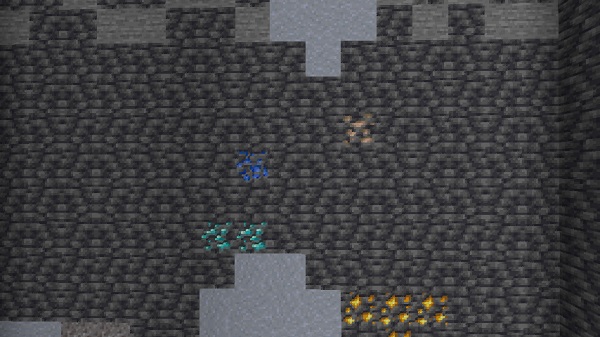
When you create a new world in Minecraft, it generates in the form of chunks. Each chunk is made up of 16 blocks in every horizontal direction and stretches from Bedrock to level 256 in height. Moreover, the height-wise distribution of ores within these chunks is known as ore distribution in Minecraft.
Once you know where to look for any ore in a particular chunk, you can easily get all the minerals you need for your weapons, armor, and more. Though, for some ores, the biome and even dimension can be a major factor for their generation.
How to Use Ores
In the case of most ores in Minecraft, you can just mine them with a compatible pickaxe and use them for their purpose. But, in the case of gold, iron, and copper, you only get raw minerals by mining an ore block.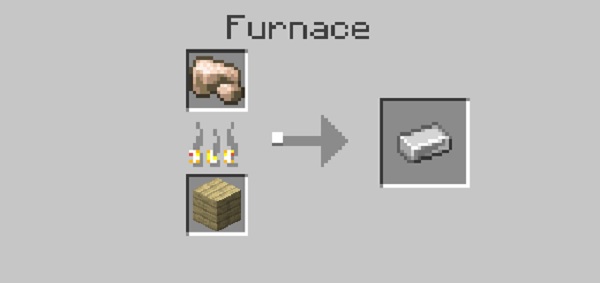
Then, you have to create a furnace in Minecraft to smelt the raw mineral into useful ingots. Fortunately, this extra step doesn't feel like much of an issue because of how useful each ore is. With the usage out of the way, let's jump into the Minecraft 1.20 ore distribution and discover all the rarest ores.
Where to Find Ores in Minecraft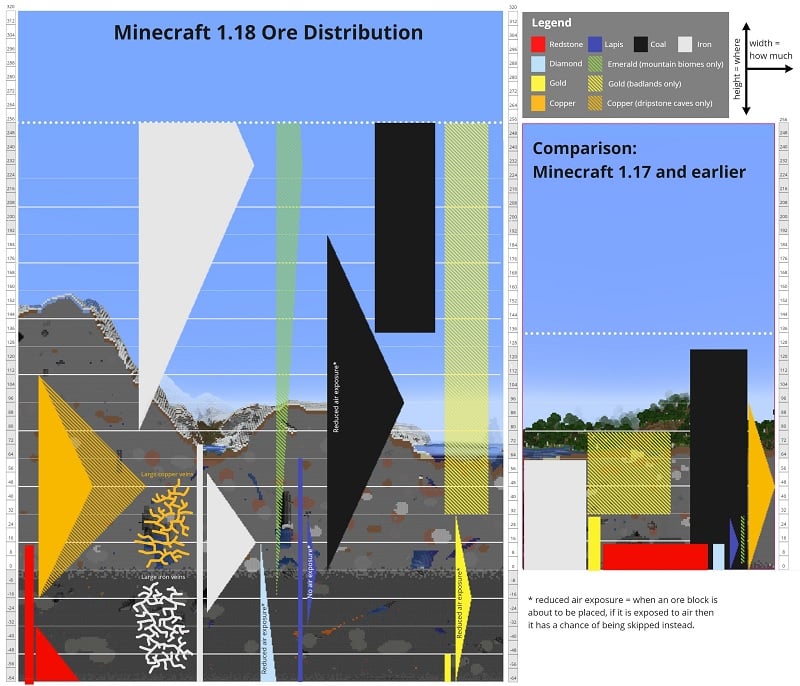
The official ore distribution can look like a mammoth of tasks to understand and utilize properly. But, thanks to our extensive testing and notes from developer Henrik Kniberg on Twitter, we have official spawn locations of all the ores in Minecraft 1.20.
Fortunately, not much has changed since the Caves & Cliffs Part 2 update, which means you can rely on this guide for any version of Minecraft after 1.18.
Coal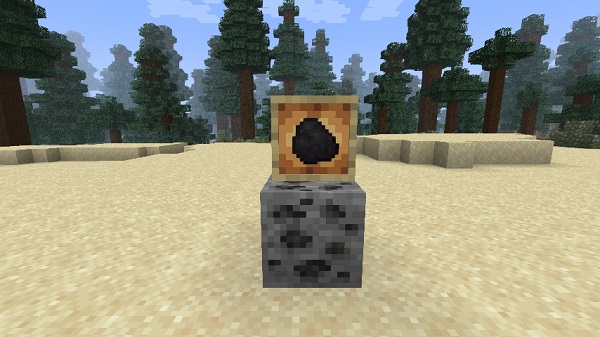
- Most Common: Y=90
- Uses: fuel and crafting fire-based items
Coal is a reliable and common fuel source in Minecraft. It has a high chance of spawning at Y=90 but can also be found anywhere between Y=256 and Y=0 world height. You can find it much more easily in the mountainous regions where coal ores often spawn on the surface.
Copper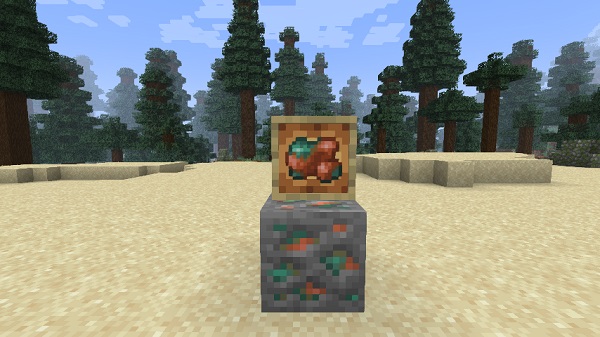
- Most Common: Y=48
- Uses: crafting horn, spyglass, building blocks, etc.
While copper has a wide spawn range that exists between Y=112 and above Y=-16, it is still quite uncommon. The most reliable way to find copper is by looking inside the dripstone caves biome at the height of Y=48.
Diamond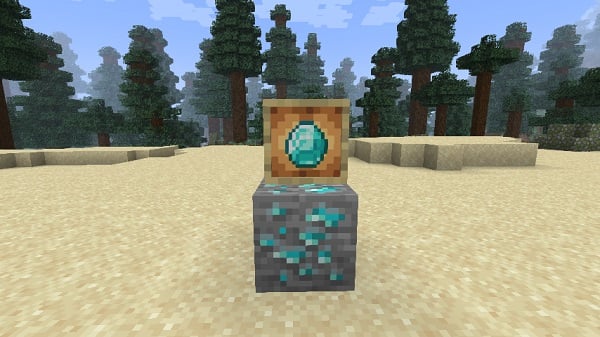
- Most Common: Y=-64
- Best Chance (Accounting for Bedrock Blocks): Y=-59
- Uses: crafting tools, weapons, and armor
Whether you want to make a diamond sword in Minecraft or unlock the strongest sets of armor, diamonds are a must-have ore. They're easily the most sought-after mineral in the game, and generally only generate below the height of Y=16. Diamonds' occurrence becomes more common as you dig deeper.
As per the official chart, the best chance of finding them is at the game's deepest point, Y=-64. But, Bedrock also tends to spawn commonly in the lowest five layers of the overworld. So, if you want to get diamonds before your peers on the best survival Minecraft servers, looking at Y=-59 is your real best option.
Emerald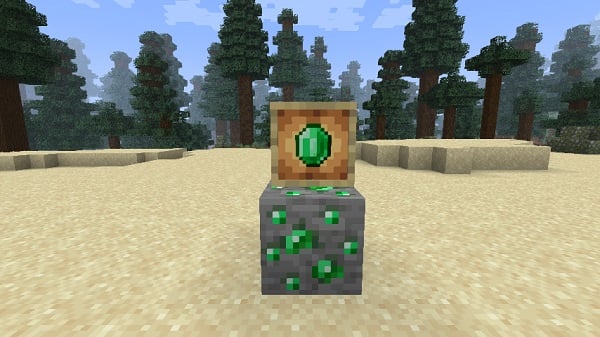
- Most Common: Y=224
- Uses: trading with villagers
Emeralds are undeniably the main currency of Minecraft 1.20 that you need to get if you want to trade with villagers. It usually generates between the heights Y=-16 and Y=256. But, unlike diamonds, the generation of emerald ores increases with height. At least, until Y=224, the point where emeralds maximize.
Furthermore, this is the only Minecraft 1.20 ore that's exclusive to mountainous biomes. So, you might need our best Minecraft mountain seeds to locate emeralds ores as well as some mountainous villages for quick trading.
Iron
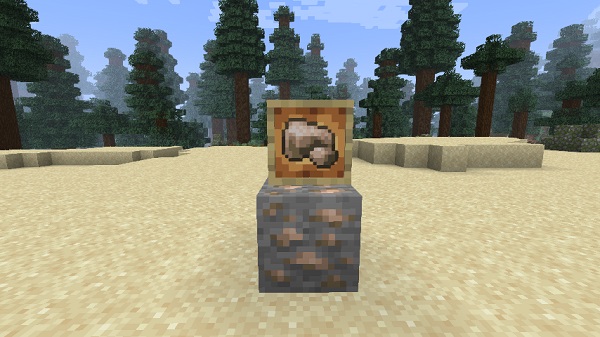
- Most Common: Y=16
- Uses: crafting tools, weapons, and armor
Iron ore is, arguably, the most important ore in Minecraft 1.20 because you need it to mine most of the other ores. Fortunately, it is also quite common. You can find iron ore between the huge range of Y=-32 and Y=256. But, if you don't want to waste any time searching for this, then Y=16 is your best option.
Gold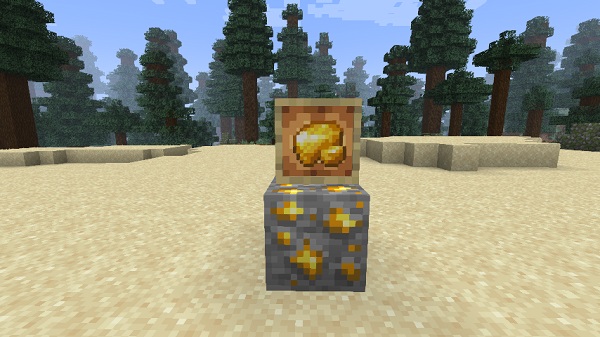
- Most Common: Y=-16
- Uses: bartering with Piglins; crafting tools, weapons, and armor
Gold has a unique spot in the world of Minecraft 1.20's ore distribution. Usually, it spawns between the world heights Y=-64 and Y=32 while maximizing at Y=-16. But their spawn rate significantly increases with the Badlands biome of the overworld.
Moreover, if you create a Nether portal then you can find it even more easily as gold generates heavily throughout the Nether. And while you are in the Nether, you can also use the same gold to barter with Piglins and get rare loot.
Lapis Lazuli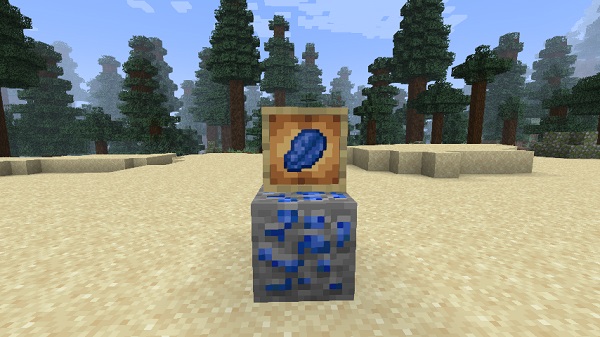
- Most Common: Y=0
- Uses: fuel for the Enchanting Table, dying items blue, and coloring armor trims
You may be surprised to learn that lapis lazuli is the rarest ore in Minecraft 1.20, but it's also an essential component of the Enchanting Table. Without it, you won't be able to unlock the most powerful enchantments in the game.
So if you're on the hunt for this valuable mineral, you should focus your search between the world height of Y=-64 and Y=64, though it's most commonly found at Y=0. Moreover, a reliable way to locate it would be by exploring caves after drinking the Potion of Night Vision to spot the blue in dark areas easily.
Redstone
- Most Common: Y=-64
- Best Chance (Accounting for Bedrock Blocks): Y=-59
- Uses: Automatic farms, Redstone components, and more
Redstone marks the industrial age of Minecraft 1.20 as it allows you to create a bunch of exciting machines, farms, and a lot more. To find this revolutionary ore, you need to search between Y=-32 and Y=-64.
Much like diamonds, its generation rate increases as you go deeper so, Redstone most commonly appears at Y=-64. But, since the bottom five layers of overworld tend to spawn Bedrock blocks, it's better to look for Redstone around Y=-59.
What are Deepslate Ores
As you dig deeper into the overworld, Minecraft starts replacing stone and cobblestone with deepslate blocks. This family of blocks is darker in color and relatively stronger than stone. Moreover, they also can transform ore blocks into their deepslate variants.
The deepslate layer begins at the world height of Y=0 but it only favors some ores.
In increasing order, these include:
- Emerald
- Coal
- Copper
- Iron
- Lapis
- Gold
- Diamond
- Redstone
As you might expect, deepslate diamond and deepslate Redstone ores are most common below Y=0. But, occasionally you can also find lapis lazuli and gold in the area. Meanwhile, all the other ores rarely generate in the deep plate region and that too mostly in the higher levels.
How to Find Diamonds in Minecraft 1.20.3
With the Minecraft 1.20.2 update, diamond ores generate more commonly in the deepslate layers. These layers spawn below the world height of Y=0 and go all the way to the Bedrock level. Overall, it doesn't change the way you look for diamonds in the game. The deeper you go the more diamonds you will find.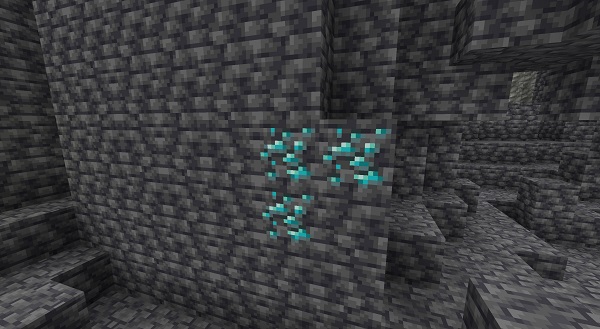
Though, it is worth noting that your best bet lies in mining at Y=-60. You can find a bunch of deepslate diamond ores at this level without worrying about lava or Bedrock replacing them.
Raw Mineral Blocks
Raw mineral blocks are rare variants of ores that are also a part of the Minecraft ore distribution. Instead of a single mineral, they give out multiple pieces of raw ores.
Block of Raw Copper
You can find blocks of raw copper inside copper veins above layer Y=0. As you enter the deepslate layers, these blocks get replaced by deepslate copper ore. But, similar to an ore block, you need a stone pickaxe or better to mine the raw block of copper. After mining it, you can place this block inside the crafting grid to get 9 pieces of raw copper.
Block of Raw Iron
Iron generates more commonly in the higher layers of your world. But you can find blocks of raw iron below layer Y=0. These blocks only generate as a part of large veins and are quite rare. Still, if you somehow find them, you can use a stone pickaxe or better to mine and get 9 pieces of raw iron.
Block of Raw Gold
While Minecraft also has a block of raw gold, it doesn't generate naturally in your world. Instead, you can only craft it by combining pieces of raw gold, to store them more easily.
Ore Distribution of the Nether Dimension
You can find three ores in the Nether dimension of Minecraft:
- Nether Quartz
- Nether Gold
- Ancient Debris
Nether Quartz
- Most Common: Y=114
- Uses: Crafting building blocks and Redstone items including daylight sensor
Quartz is a versatile mineral that allows you to create various Redstone components and building blocks in Minecraft. It even allows you to add a white color to your armor trims. But to get quartz, you need to find Nether quartz ore in the Nether dimension.
It is relatively common and generates in all Nether biomes in the game. You can most commonly find quartz ore around layer 114. Once you find this ore, you a pickaxe to mine it and collect Nether quartz. Unlike other ores, you don't have to smelt or refine it.
Nether Gold
- Most Common: Y=114
- Uses: Crafting gold ingots
If your search for gold isn't going well in the overworld, it's time to rely upon the Nether gold ore. These common blocks can be found in all biomes of the Nether. Your best chances lie at the world height of Y=114.
Unlike the overworld gold ore, you can even use a wooden pickaxe to mine the Nether gold ore. But, instead of raw gold, this Nether ore drops 2-6 gold nuggets. You have to combine 9 such nuggets to craft one gold ingot. Alternatively, you can use Silk Touch to mine Nether gold ore and smelt it to get one gold ingot.
How to Find Netherite in Minecraft 1.20
With all the overworld ores out of the way, we are left with Netherite in Minecraft. While it's technically not an ore, it's a vital material that you can't afford to miss if you want to take your tools and armor to the next level. The block that serves as the source for the Netherite is called Ancient Debris, and it's found exclusively in the Nether dimension.
You can find it between the world height of Y=8 and Y=22, with the most common spot being at Y=15. This narrow range allows you to plan your search within a fixed range. However, Ancient Debris never spawns openly and is always surrounded by lava or other blocks. So, you must be prepared to dig deep underground in the Nether to have any chance of locating it.
Find Any Ore in Minecraft 1.20
Now that you know where your desired minerals spawn, it's time to start a mining quest. But, before you enter the caves, you should create a shield in Minecraft to keep yourself safe from hostile mobs. Alternatively, you can also create TNT in Minecraft which acts like a great weapon and even helps you mine easily. Not to forget, you can also explore the ocean floor to find ores like diamonds that spawn deep. But you will need to find turtle scutes to unlock underwater breathing. With these tips in mind, it's time to gear up and start your adventure!

